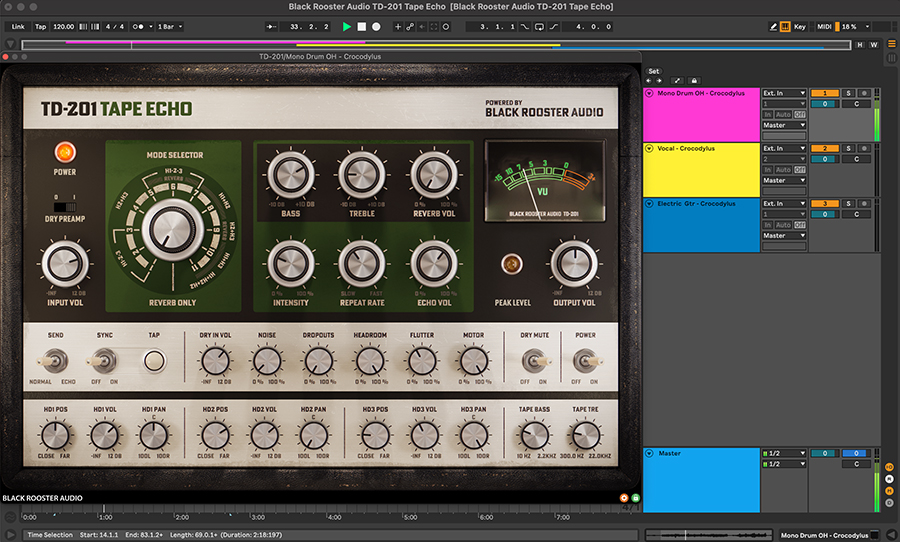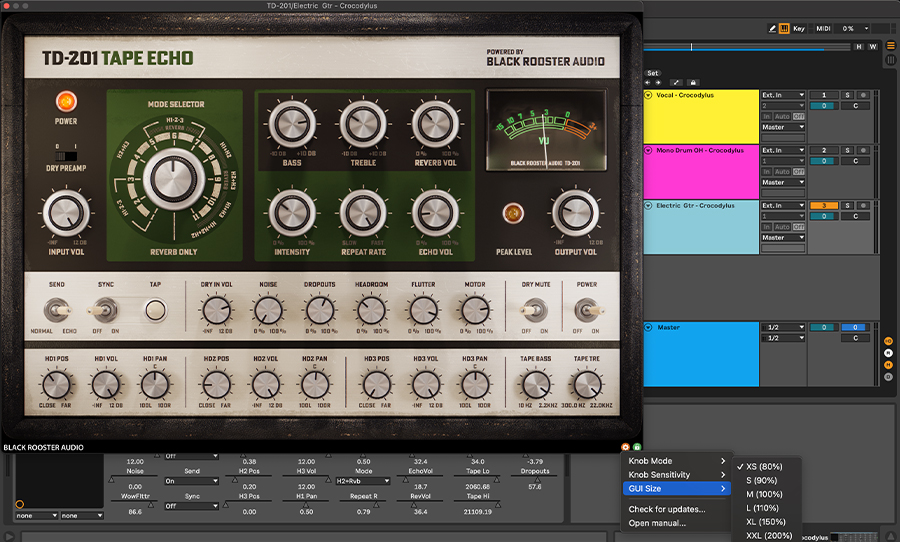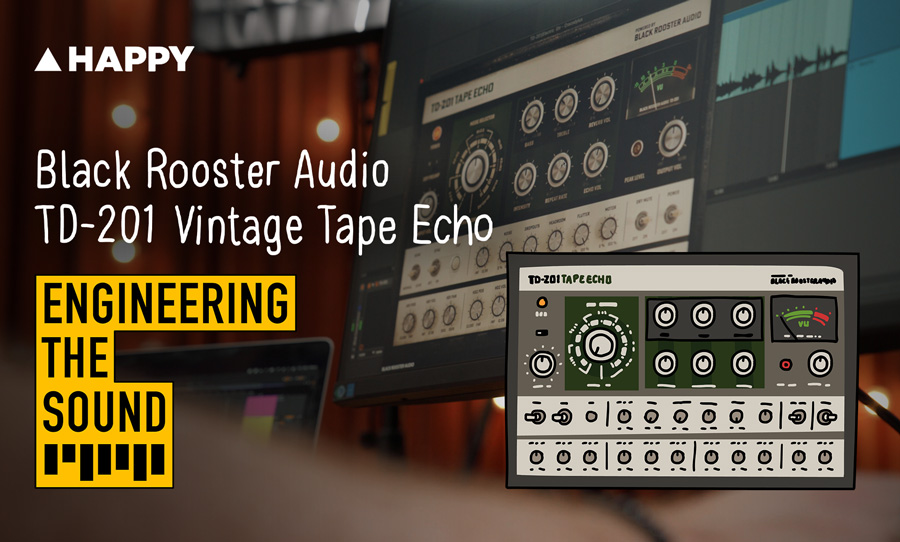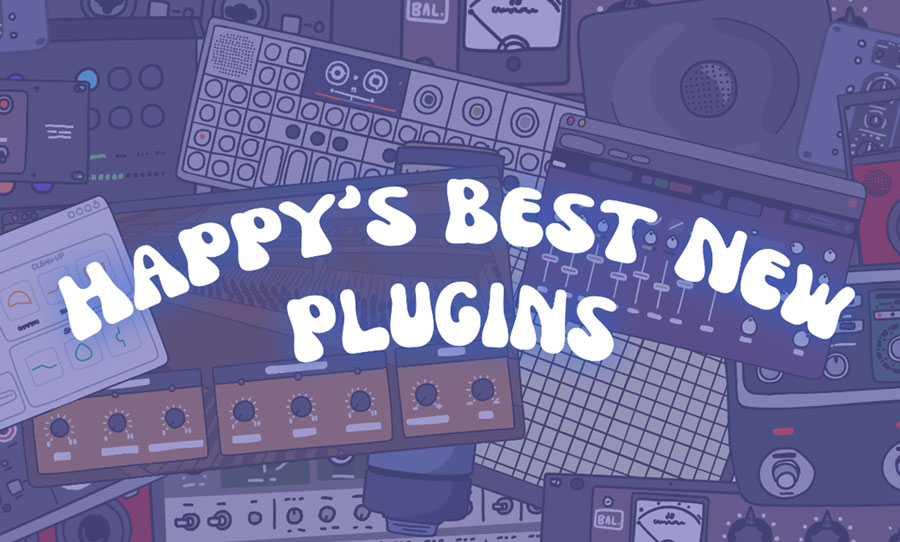Black Rooster Audio released their version of the infamous Roland Space Echo the TD-201. But why do you need another Tape Echo? We tested it out in the studio.
Knowing that the market is flooded with Space Echo emulations, we were curious when Black Rooster Audio dropped their version the TD-201 Vintage Tape Echo. Throwing it over a few stems of our Live from Happy performance from Crocodylus, we tested out this new plugin out in the studio.
Black Rooster Audio has made some excellent plugins over the years from iconic compressors to tape emulations, to preamps, to EQ and amp sims — in fact, they recently dropped a free plate reverb plugin the RO-GOLD (Yes…FREE – get it here). Just recently — Mid October — they released the TD-201, their reasoning: Vintage emulation of the Space Echo RE-201 with in-the-box, modern, customisable features. We tested it out in the studio.
Starting with the Mono OH mic on the drums, I had an idea to create a psychedelic, Tame Impala-inspired, lo-fi, echoed sound. There’s so many controls on the TD-201, that one could get overwhelmed — but if you take a breathe and a good look around you’ll realise you can have a lot of fun.
I muted the dry signal, panned tape heads 2 and 3 left and right — leaving tape head 1 in the centre, cranked the input to distort the drums, rolled off the top end with the tape treble (Tape Tre) and just rolled off a little low end on the tape bass (Tape Bass). Call me old-fashioned, but I did love that I couldn’t see the frequency I was tweaking — use your ears not your eyes!

Moving over to a vocal, I wanted to have some echo and that lovely spring reverb sitting behind the vocal. I changed all the tape head positions to far to get that more distant sound — and dialled in just a slight amount of reverb. It was pretty touchy, so I did think it would be best to pop this on a send and use it that way — especially if you want it to sit behind the vocal. I also used all three tape heads and panned them to extremes.
I did find the tap function and the EQ on the bottom right very useful. While I was down in the bottom right-hand corner I accessed the setting menu. It’s here you can change the GUI size, but I will say — I much prefer when you can click and drag the corner. It was on the lowest size, and was still taking up most of my laptop screen. However, good with the bad, as the TD-201 has soooooo many controls.

I think this is why I’m attracted to it, the variation is enormous and the layout makes it very easy to tweak controls like Noise, Dropouts, Headroom, Flutter, and Motor.
For my final trick, I opened up the electric guitar. It already had a fair amount of vibrato on there, So I was aiming for a short delay. Something to give it more depth. Believe it or not, it was at this point that I realised that there is no presets! That’s very cool — sometimes presets get in the way of a journey towards a sound.

Speaking of journey, It took a while to get the guitar to sound how I wanted, but I got there. With more Bass and less Treble, more Flutter, more Dropouts, changing the Dry Preamp, cranking the Input and EQ’ing my favourite section — the Tape Bass and Treble.
I’ve really enjoyed playing with this, and it makes me curious to throw it up against a real one. Anyone got an OG Roland Space Echo they want to lend us? No? Well this plugin goes for $168 AUD so you can get your echo a little cheaper there.
For more info on the Black Rooster Audio TD-201 head over to Blackroosteraudio.com



